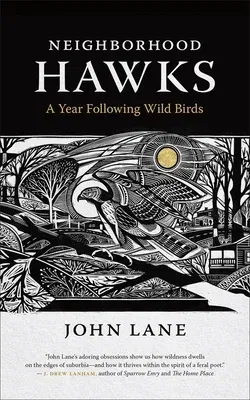John Lane
(Author)Neighborhood Hawks: A Year Following Wild BirdsPaperback, 1 April 2019

Qty
1
Turbo
Ships in 2 - 3 days
Only 2 left
Free Delivery
Cash on Delivery
15 Days
Free Returns
Secure Checkout

Part of Series
Wormsloe Foundation Nature Books
Print Length
168 pages
Language
English
Publisher
Wormsloe Foundation Nature Books
Date Published
1 Apr 2019
ISBN-10
0820354937
ISBN-13
9780820354934
Description
Product Details
Author:
Book Format:
Paperback
Country of Origin:
US
Date Published:
1 April 2019
Dimensions:
20.07 x
12.45 x
1.52 cm
Genre:
Ecology
ISBN-10:
0820354937
ISBN-13:
9780820354934
Language:
English
Location:
Athens
Pages:
168
Publisher:
Weight:
226.8 gm